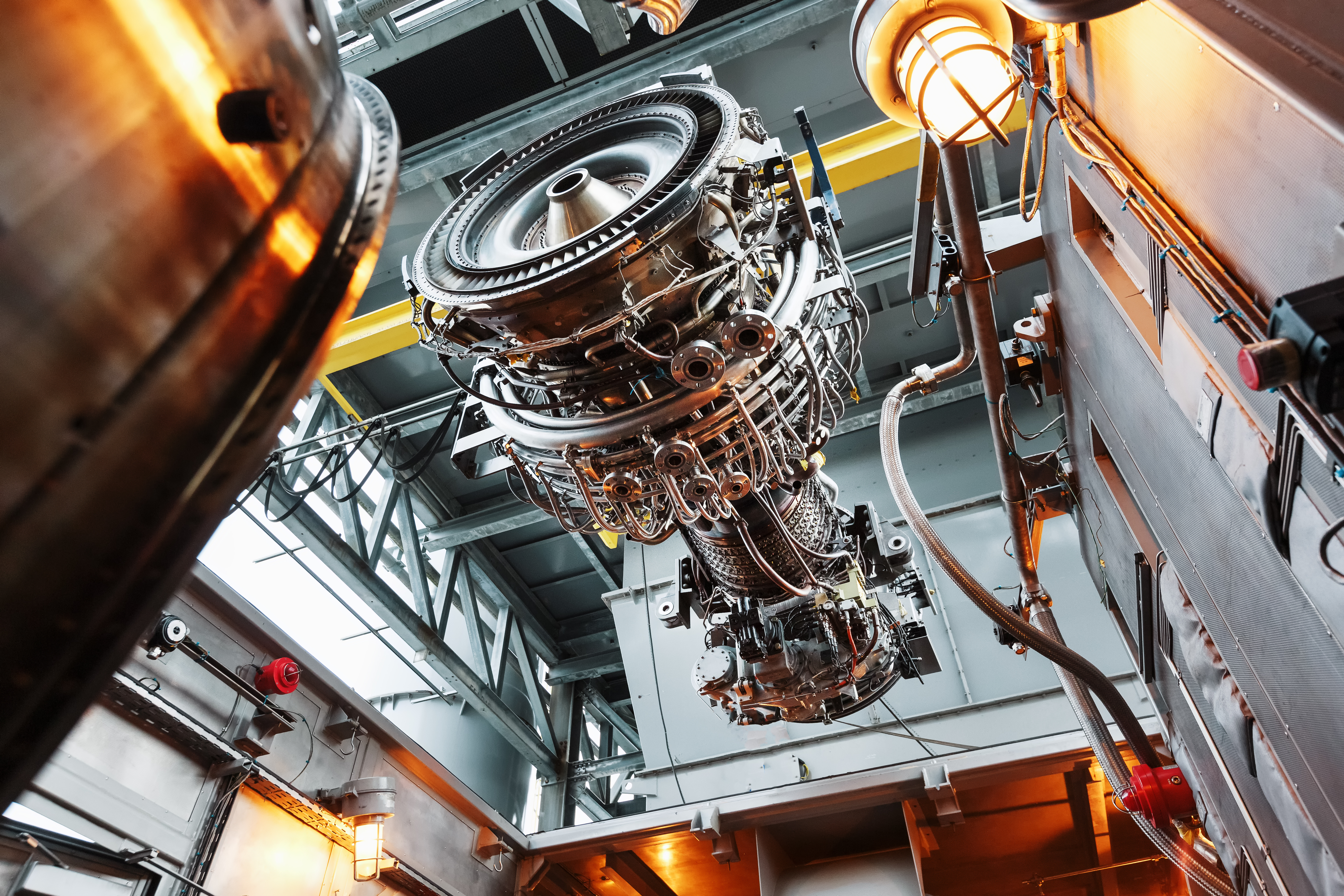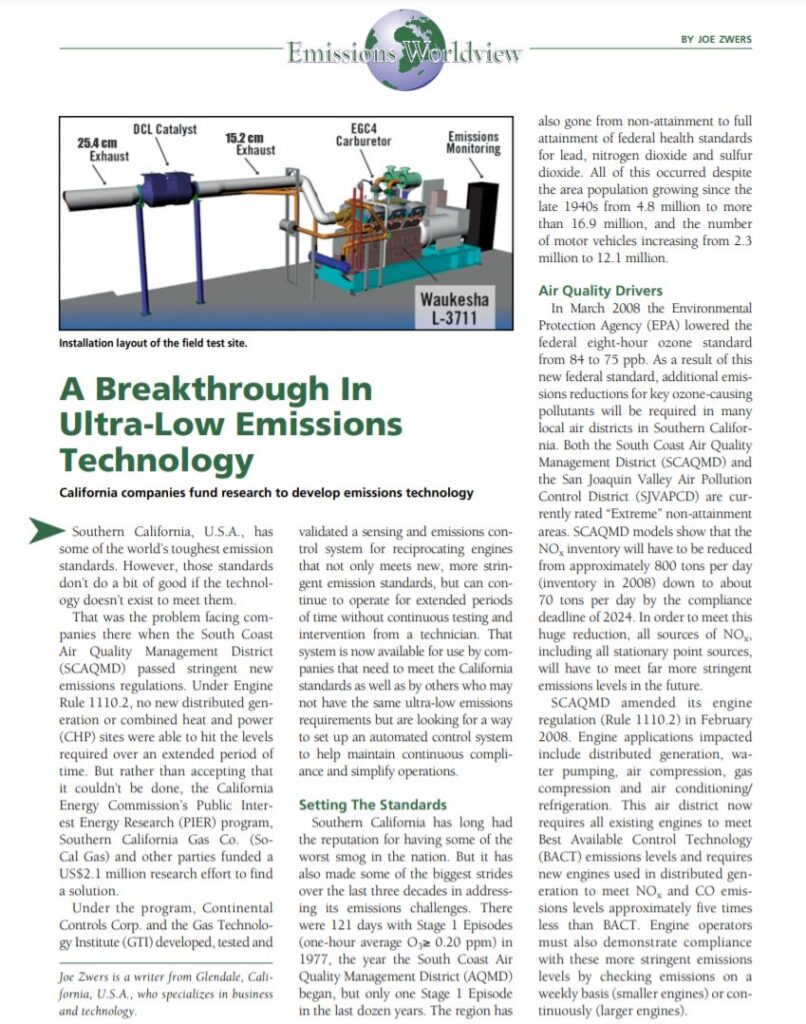In Southern California, the South Coast Air Quality Management District (SCAQMD) implemented rigorous emission standards, creating a challenge due to the absence of appropriate technology. Addressing this concern, Southern California Gas Co. (SoCal Gas) and the California Energy Commission's Public Interest Energy Research (PIER) program jointly allocated a $2.1 million budget for a research initiative. The objective was to devise a solution enabling compliance with the novel emission regulations.
In this collaborative effort, Continental Controls Corp. and the Gas Technology Institute (GTI) pioneered an innovative emissions control technology. This technology not only ensured adherence to the freshly established benchmarks but also consistently maintained emissions at low levels over extended periods. This advancement held immense significance for distributed generation and combined heat and power (CHP) facilities. Impressively, amidst population growth and a substantial rise in vehicular numbers, this technology facilitated adherence to health standards for pollutants such as lead, nitrogen dioxide, and sulfur dioxide.
The backdrop to this challenge encompassed Southern California's longstanding battle with smog, which it progressively tackled over recent decades. In response to federal standards, such as the EPA's lowered ozone threshold, additional endeavors were mandated to curtail pivotal ozone-contributing pollutants. The imperative for substantial reductions in NOx emissions fueled the need for stringent emission standards across diverse sources.
The technology breakthrough achieved by Continental Controls Corp. and GTI transformed the landscape of emission control in the region. Empowered by advanced sensors and an intricate closed-loop control mechanism, the system enabled engines to operate incessantly while consistently upholding emission standards. Beyond catering exclusively to California's distinctive requisites, this technology carries the potential for wider application, providing an effective avenue for maintaining emissions control.
With the aim of further enhancement and broader adoption, ongoing research endeavors concentrate on refining and expanding the scope of this emissions control technology.

